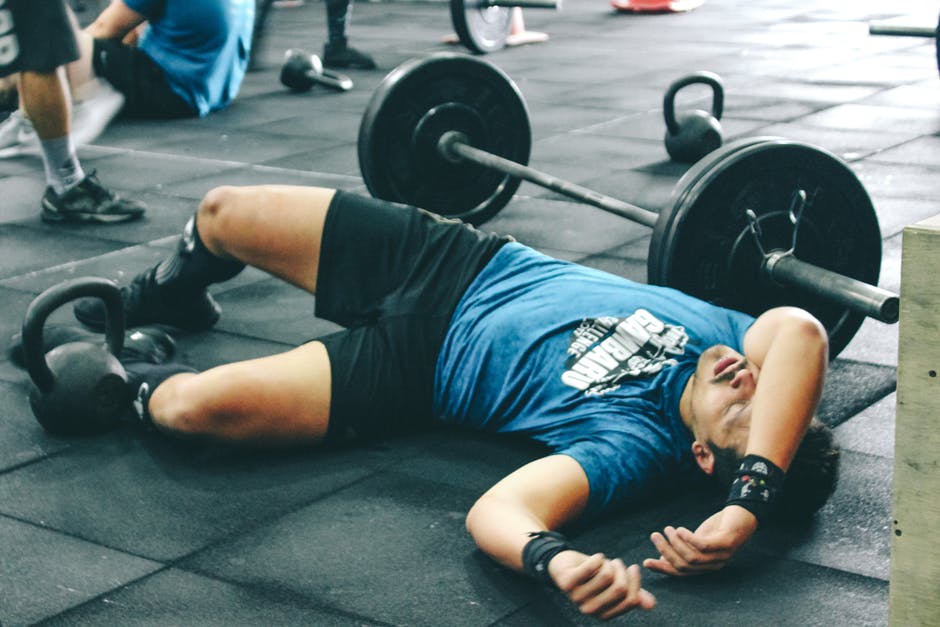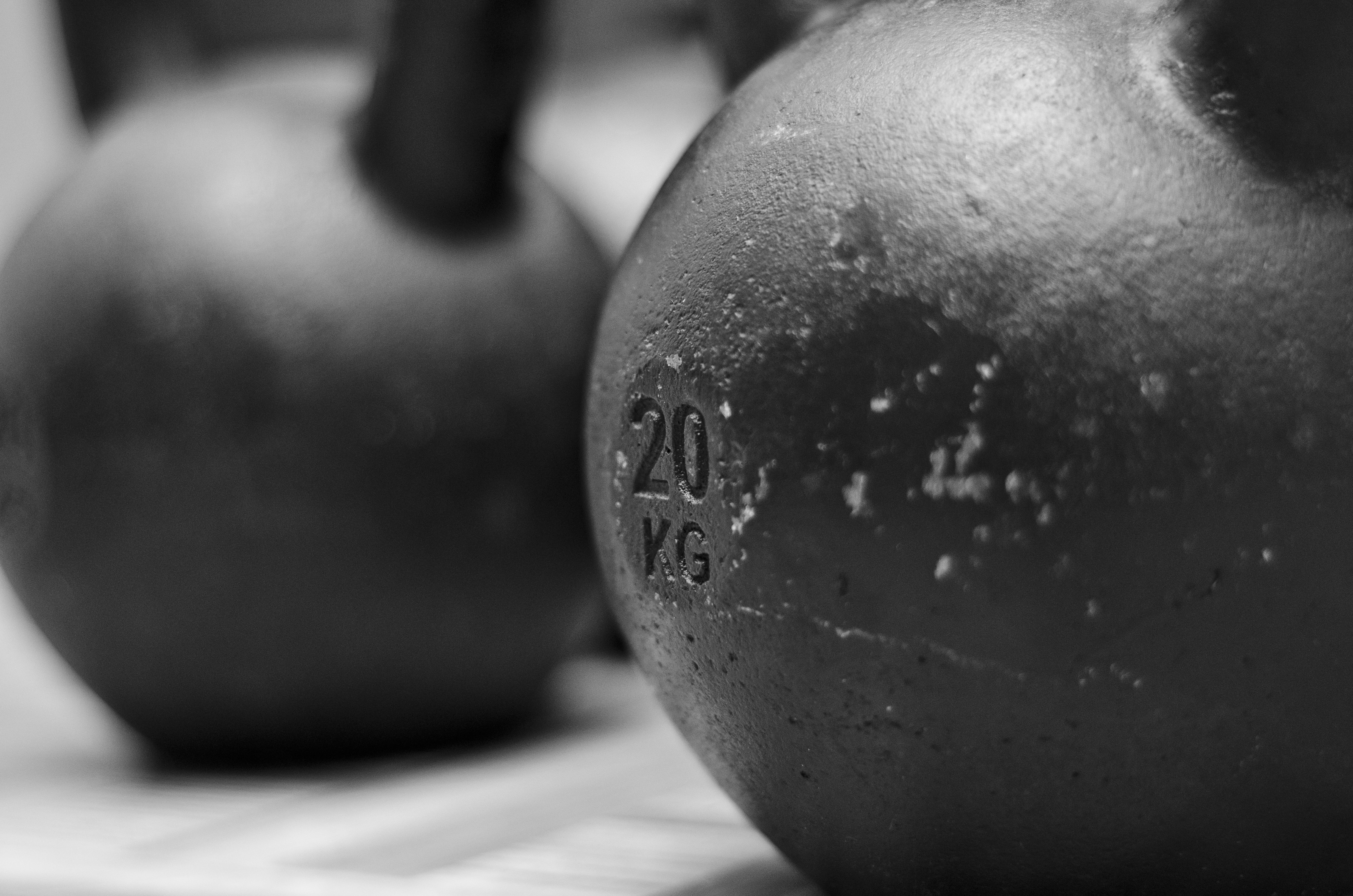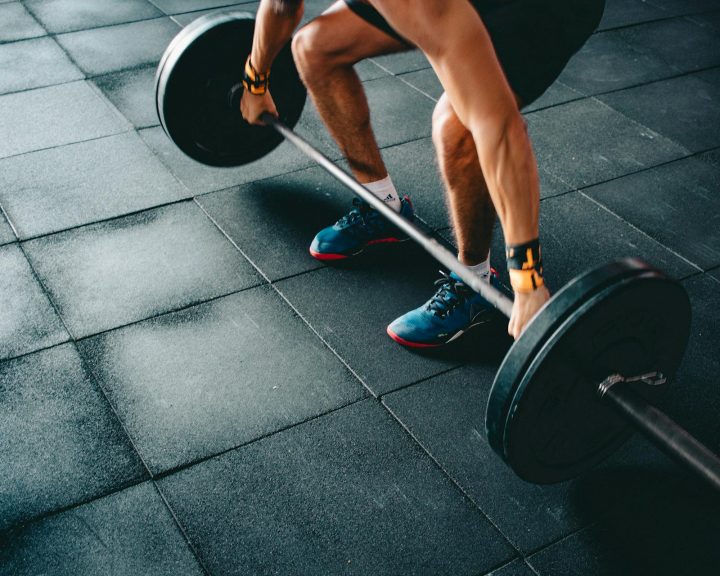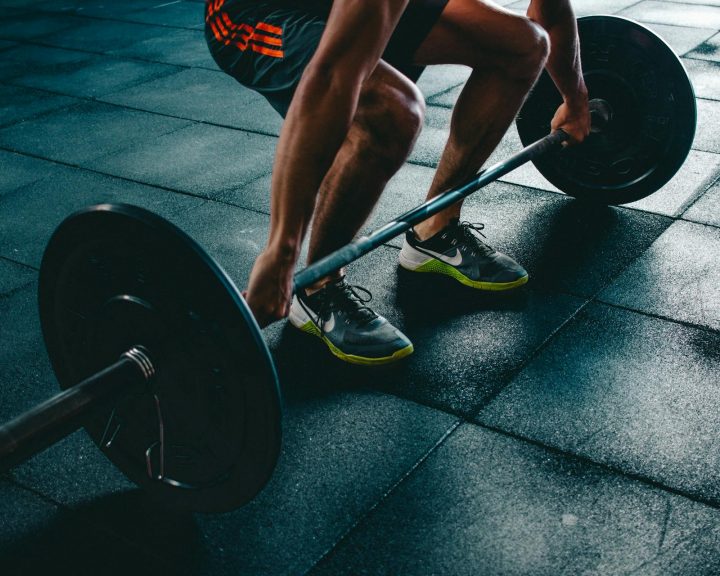At the end of the day, the justification for using strength and conditioning for athletes boils down to two things; preventing injuries and improving performance. This is done in an environment where there’s never enough time and there are many athletes training at one time.
As coaches we lose sight of our foci (performance, injury prevention) a lot and we get distracted by exercises and methods that don’t necessarily contribute to either optimally especially given the constraints that we have to work under. To illustrate this, I’m going to use the Olympic lifting exercises as an example. Realize though, that this applies to a lot more than this.
First, why do we use the Olympic lifting movements in the training of athletes? This falls into the “improving performance” side. The Olympic lifts involve exerting force against the ground, use most of the muscles of the body, are explosive, and are done against resistance. So it has a lot of transfer to sports that involve exerting force against the ground quickly, which is most of them.
Now, there are an overwhelming number of exercises in Olympic lifting. You can think of these in several categories:
- The full lifts: in the snatch and clean the barbell is lifted off the ground and then “caught” in a full squat. In the jerk the bar is lifted from the shoulders to overhead either using a split position to “catch” the bar or by moving into a squat.
- Power lifts: in the snatch and the clean, the barbell is lifted off the ground and then “caught” in a quarter squat. In the jerk the bar is lifted from the shoulders to overhead using a quarter squat to “catch” it.
- Hang lifts: the squat or power variation of the clean and snatch can be performed using the hang lifts. The bar begins from a position other than the floor where the athlete supports the weight before the repetition begins. Typical positions are mid-thigh, at knee height, or at shin height.
- Lifts from blocks: the clean and the snatch begin while the barbell is on raised blocks. Squat or power variations can be done here. Typically done from mid-thigh height, knee height, or shin height. Can also be done deficit style where the lifter is standing on a block so they are higher relative to the bar than normal.
- Pulls: Pulls are a partial movement (focuses on the explosion without worrying about catching the bar) and can be done from the floor, from the hang, or from blocks.
- Snatch and jerk specific exercises: Exercises teach the overhead position in the snatch, work on the drive of the jerk, or work on strengthening the overhead positions.
In Olympic lifting, every one of those variations has a purpose and a reason it is used in an athlete’s training, using them is never arbitrary. Some of these exercises teach technique or are remedial (for example, if we push the bar away from us as we begin the second pull), some strengthen the lifter in certain positions of the lift, but every one has a purpose for being used – and if they aren’t needed then there is no need to include it in an Olympic lifter’s program.
Now, let’s go back to why we use the Olympic lifts in an athletic strength and conditioning program; to improve performance. It’s not to improve performance in the snatch, clean, or jerk, it’s to improve performance in the sport. Sometimes, without meaning too, we spend so much time on things that ultimately aren’t important that we are taking away from time we could have been spending on more important things.
I’m going to argue that, once teaching is done, we don’t need a whole lot beyond the power variations of the Olympic lifts and pulls. There’s not a need to go to partial movements (like hang or block lifts), snatch-specific exercises (like snatch balances), or sport-specific complexes because these things are not the focus of an athlete’s strength and conditioning, they are the focus of a weightlifters training.
We also get distracted in a lot of other areas. For example, drills that are meant to help sprinters or jumpers at their sport instead of working on running fast in training. Focusing on partial movements for the bench press, deadlift, and squat that are meant to strengthen weak points in the lift (which is going to be really important for powerlifting), etc.
Our purpose is not to clean, squat, or sprint for the sake of doing those things. Our purpose is to use those tools to improve sports performance. This needs to be carefully considered; why are you including this exercise – to improve sports performance or to improve performance on a lift? If we’re doing remedial exercises to improve performance on a lift then we’re missing the mark.




